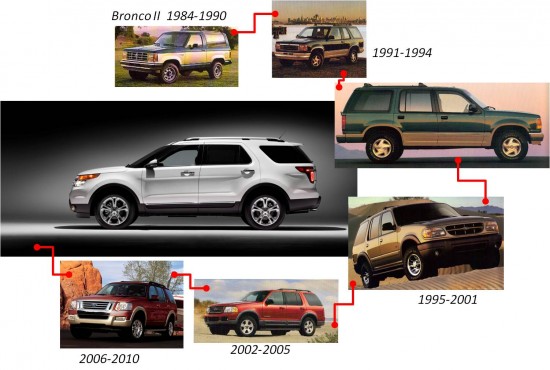
As the Ford Explorer enters into its 21st model year, the vehicle itself attempts to redefine a segment which it led through years of prosperity. Once referred to as the ‘compact SUV,’ the genre has changed in recent years. The original Explorer was little more than a lightly re-skinned Bronco II offered in 2-door and stretched 4-door form. Eventually the 2-door would vanish and the 4-door would add a third row of seats, but one thing stayed constant all those years: body-on-frame construction. For 2011 Ford is taking a small gamble that SUV buyers don’t really care about what type of platform their vehicle is based on. Read more…
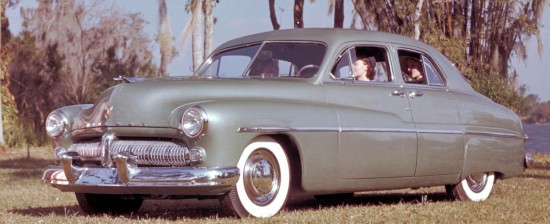
The demise of Mercury has had the auto world considering what went wrong with Ford’s mid-priced brand. While we recently shared our suggestions on which vehicles most contributed to Mercury’s demise, there were plenty of vehicles in the brand’s history that are worth celebrating. Never having owned a Mercury, one of my earliest tastes of automotive freedom was experienced from the passenger seat of a ’76 Montego that my high school buddy drove. The car had a power dome hood that stretched a good six feet ahead of the windshield, a one piece bench seat, AM radio, and the requisite full vinyl top – complete with opera windows. Though ragged and worn, that behemoth was our transportation many a Saturday night out with the guys. That Mercury dripped character from chromed bumper to chromed bumper. Like the Montego, Mercury produced several memorable cars over the years. Had Ford produced more vehicles like these, perhaps Mercury’s fate would have been different. Read more…
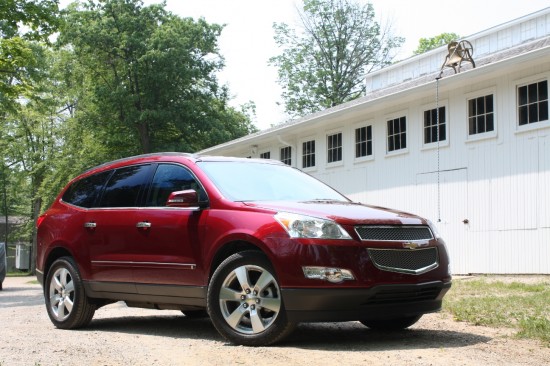
Traversing the Chasm Between Station Wagon and Suburban.
As Senior Editor Muxlow readied himself to depart with my Olds Custom Cruiser wagon, I gently reminded his infant son that ‘this is not your father’s Oldsmobile’ just to be sure I would actually get it back. The logistics of delivering a test vehicle often require a vehicle swap among editors, so when Muxlow dropped off a Red Jewel tintcoat (think maroon) 2010 Chevrolet Traverse LTZ, I offered up the trusty wagon in trade. Considering these two family vehicles are separated by nineteen model years, the Chevrolet Traverse had me asking the question, “How did we get here?”. The Traverse is a V6-powered, front or all-wheel drive crossover with uni-body construction. Isn’t this configuration the combination of the worst of the car and truck worlds? Surely a vehicle with the construction of a car and the high center of gravity of a truck is a recipe for mediocrity. But to fully understand the answer to this question we must back up a few years. Read more…
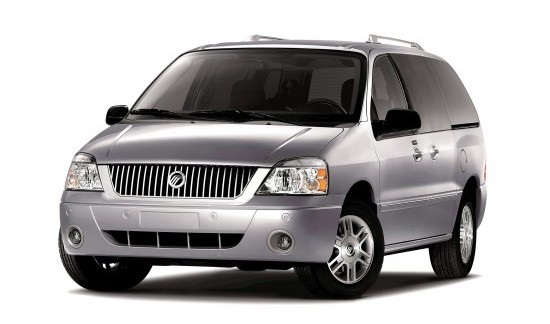
Now that Ford has made official what many had been predicting (hoping for?), the discontinuation of the Mercury brand demands some reflection on what went wrong. Ford launched Mercury in 1939 in order to bridge the gap between Ford and the Lincoln brand, which itself old Henry had purchased in 1922. This was a logical move considering that cross town rival General Motors had five car divisions producing six brands (Cadillac offered an entry level companion make called LaSalle from 1927-1940) in addition to the GMC Truck division. Read more…
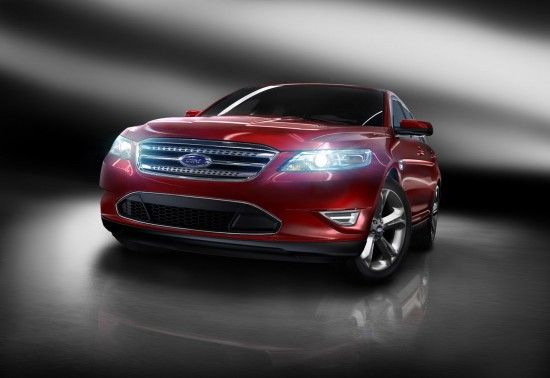
Since the mid-1990s rumors of the demise of the Ford Crown Victoria and Mercury Grand Marquis twins have perpetuated through the automotive press. GM’s relatively unexpected discontinuation of the Caprice in 1996 gave extra boost to the Crown Vic’s sales. Unfortunately, with no competition Ford’s Panther platform soldiered on year after year with changes that were often transparent to their aging target audience. Read more…
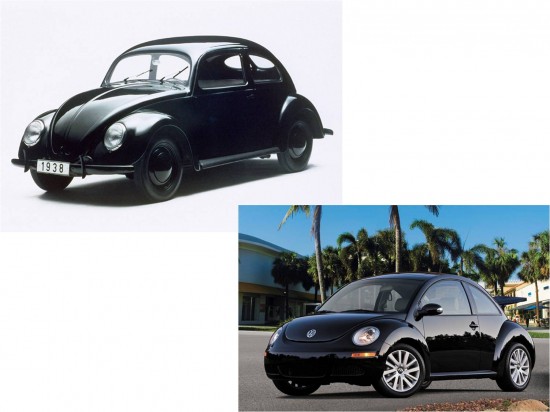
In 1994 VW showed a concept car that was immediately recognizable as drawing its inspiration from the vintage Beetle. Originally ‘dubbed the Concept One (pun intended), the car would be modified into the production New Beetle. While a successful design in many regards, this reborn Beetle failed to fully capture the spirit of the original. Now facing its final model year after 13 long years of production, the New Beetle looks as aged as any of its contemporaries from 1998. Read more…
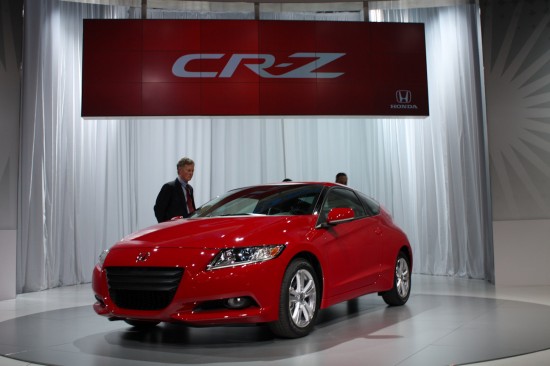
In what is now ancient and obscure automotive history, in the late 1960s American Motors decided to shorten the chassis of its pony car offering, the Javelin, in order to create a hard-to-categorize two seat AMX. A decade and a half later Honda seemed to have the same idea by abbreviating the chassis of the mundane Civic, creating a nimble and attractive two seater. Read more…
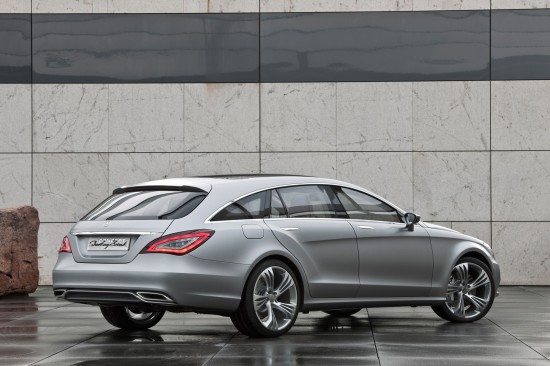
First Mercedes-Benz challenged our definition of a coupe by offering the CLS four door coupe. This car had conventionally hinged doors front and rear but featured a dramatically impractical roofline. Now Stuttgart is looking to challenge yet another body style definition. This time the ‘shooting brake’ is being redefined. Read more…
Categories: Design Critique, Miscellaneous Tags: Benz, CLS, Merc, Mercedes, Mercedes-Benz, shooting brake, shooting break, Sportback, station wagon, wagon
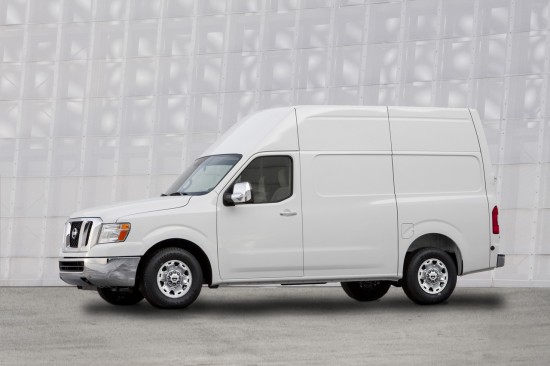
Econoline, Express, Savana, Beauville, Ram Van. These are not typically vehicle names that are brought up in conversations with auto enthusiasts unless one is talking about its merits as a tow vehicle. The general public has been largely disinterested with the entire full size van market ever since the Chrysler minivans debuted in 1984, forever changing the van market. Read more…

Once upon a time, automakers offered three basic body styles in the United States: sedan, coupe, and wagon. The sedans were the practical vehicles, and thus, the volume sellers. The wagons were offered for those who just couldn’t fit the whole family in something as limiting as a sedan. Coupes were clearly better looking than their sedan and wagon counterparts and appealed to those who wanted style and could live with the limitations imposed by two doors. Read more…















